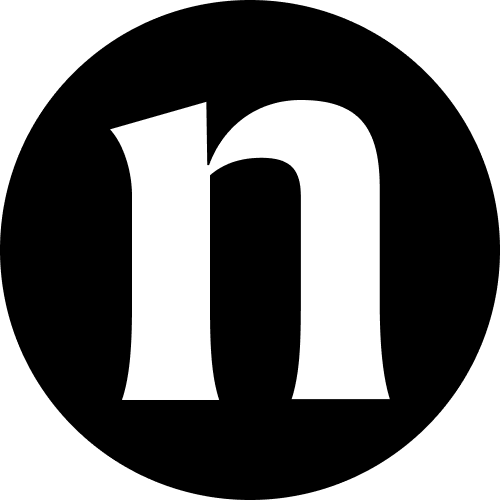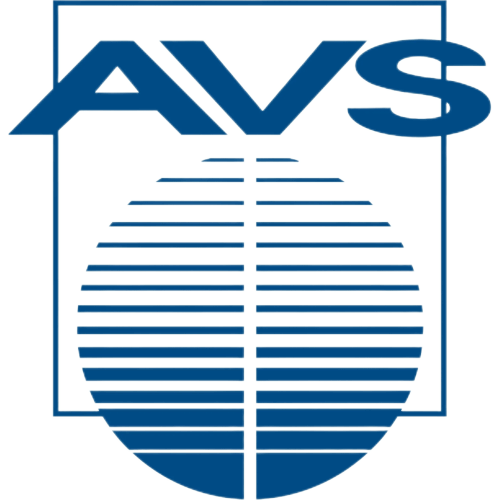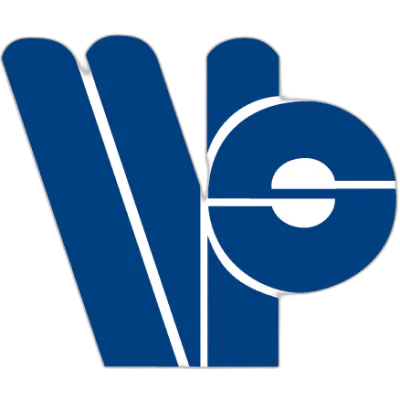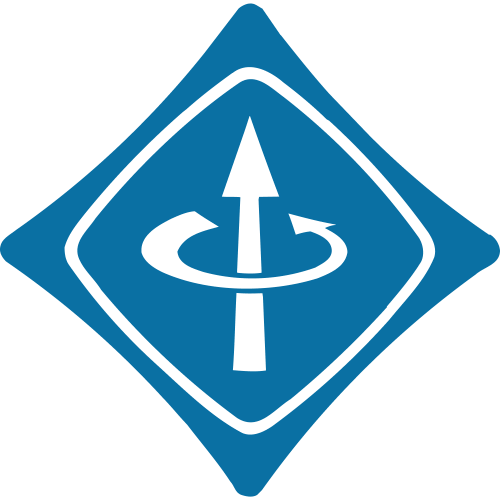Open Access


Quantum-enhanced magnetometry by phase estimation algorithms with a single artificial atom
S. Danilin
1
,
A.V. LEBEDEV
2, 3
,
A Vepsäläinen
1
,
G.B. Lesovik
3, 4
,
G. BLATTER
2
,
G. S. Paraoanu
1
2
Theoretische Physik, Zürich, Switzerland
|
Publication type: Journal Article
Publication date: 2018-06-29
scimago Q1
wos Q1
SJR: 2.730
CiteScore: 14.9
Impact factor: 8.3
ISSN: 20566387
Statistical and Nonlinear Physics
Computer Science (miscellaneous)
Computational Theory and Mathematics
Computer Networks and Communications
Abstract
Phase estimation algorithms are key protocols in quantum information processing. Besides applications in quantum computing, they can also be employed in metrology as they allow for fast extraction of information stored in the quantum state of a system. Here, we implement two suitably modified phase estimation procedures, the Kitaev and the semiclassical Fourier-transform algorithms, using an artificial atom realized with a superconducting transmon circuit. We demonstrate that both algorithms yield a flux sensitivity exceeding the classical shot-noise limit of the device, allowing one to approach the Heisenberg limit. Our experiment paves the way for the use of superconducting qubits as metrological devices which are potentially able to outperform the best existing flux sensors with a sensitivity enhanced by few orders of magnitude. Quantum computing algorithms can improve the performance of a superconducting magnetic field sensor beyond the classical limit. A qubit’s time evolution is often influenced by environmental factors like magnetic fields; measuring this evolution allows the magnetic field strength to be determined. Using classical methods, improvements in measurement performance can only scale with the square root of the total measurement time. However, by exploiting quantum coherence to use so-called phase estimation algorithms during the measurements, the scaling with measurement time can be driven beyond the classical limits. Andrey Lebedev at ETH Zurich and colleagues in Finland, Switzerland and Russia have applied this approach to superconducting qubits. They demonstrate both superior performance and improved scaling compared to the classical approach, and show that in principle superconducting qubits can become the highest-performing magnetic flux sensors.
Found
Nothing found, try to update filter.
Found
Nothing found, try to update filter.
Top-30
Journals
|
1
2
3
4
5
6
|
|
|
Physical Review A
6 publications, 10.34%
|
|
|
Scientific Reports
5 publications, 8.62%
|
|
|
Quantum Science and Technology
4 publications, 6.9%
|
|
|
Physical Review Research
3 publications, 5.17%
|
|
|
Physical Review B
3 publications, 5.17%
|
|
|
npj Quantum Information
3 publications, 5.17%
|
|
|
Nature Communications
3 publications, 5.17%
|
|
|
Applied Physics Letters
2 publications, 3.45%
|
|
|
Physical Review Applied
2 publications, 3.45%
|
|
|
EPJ Quantum Technology
2 publications, 3.45%
|
|
|
New Journal of Physics
2 publications, 3.45%
|
|
|
Advanced Quantum Technologies
2 publications, 3.45%
|
|
|
Optics Express
2 publications, 3.45%
|
|
|
AIP Conference Proceedings
2 publications, 3.45%
|
|
|
PRX Quantum
2 publications, 3.45%
|
|
|
Reviews of Modern Physics
1 publication, 1.72%
|
|
|
AVS Quantum Science
1 publication, 1.72%
|
|
|
International Journal of Quantum Information
1 publication, 1.72%
|
|
|
Entropy
1 publication, 1.72%
|
|
|
Mineral Economics
1 publication, 1.72%
|
|
|
Metrologia
1 publication, 1.72%
|
|
|
Annalen der Physik
1 publication, 1.72%
|
|
|
Proceedings of the National Academy of Sciences of the United States of America
1 publication, 1.72%
|
|
|
SciPost Physics
1 publication, 1.72%
|
|
|
Sensors and Actuators, A: Physical
1 publication, 1.72%
|
|
|
Quantum
1 publication, 1.72%
|
|
|
Physical Review D
1 publication, 1.72%
|
|
|
Physics Reports
1 publication, 1.72%
|
|
|
Physical Review Letters
1 publication, 1.72%
|
|
|
1
2
3
4
5
6
|
Publishers
|
2
4
6
8
10
12
14
16
18
20
|
|
|
American Physical Society (APS)
19 publications, 32.76%
|
|
|
Springer Nature
14 publications, 24.14%
|
|
|
IOP Publishing
7 publications, 12.07%
|
|
|
AIP Publishing
4 publications, 6.9%
|
|
|
Wiley
3 publications, 5.17%
|
|
|
Optica Publishing Group
2 publications, 3.45%
|
|
|
Elsevier
2 publications, 3.45%
|
|
|
American Vacuum Society
1 publication, 1.72%
|
|
|
World Scientific
1 publication, 1.72%
|
|
|
MDPI
1 publication, 1.72%
|
|
|
Proceedings of the National Academy of Sciences (PNAS)
1 publication, 1.72%
|
|
|
Institute of Electrical and Electronics Engineers (IEEE)
1 publication, 1.72%
|
|
|
Stichting SciPost
1 publication, 1.72%
|
|
|
Verein zur Forderung des Open Access Publizierens in den Quantenwissenschaften
1 publication, 1.72%
|
|
|
2
4
6
8
10
12
14
16
18
20
|
- We do not take into account publications without a DOI.
- Statistics recalculated weekly.
Are you a researcher?
Create a profile to get free access to personal recommendations for colleagues and new articles.
Metrics
58
Total citations:
58
Citations from 2025:
9
(15.52%)
Cite this
GOST |
RIS |
BibTex
Cite this
GOST
Copy
Danilin S. et al. Quantum-enhanced magnetometry by phase estimation algorithms with a single artificial atom // npj Quantum Information. 2018. Vol. 4. No. 1. 29
GOST all authors (up to 50)
Copy
Danilin S., LEBEDEV A., Vepsäläinen A., Lesovik G., BLATTER G., Paraoanu G. S. Quantum-enhanced magnetometry by phase estimation algorithms with a single artificial atom // npj Quantum Information. 2018. Vol. 4. No. 1. 29
Cite this
RIS
Copy
TY - JOUR
DO - 10.1038/s41534-018-0078-y
UR - https://doi.org/10.1038/s41534-018-0078-y
TI - Quantum-enhanced magnetometry by phase estimation algorithms with a single artificial atom
T2 - npj Quantum Information
AU - Danilin, S.
AU - LEBEDEV, A.V.
AU - Vepsäläinen, A
AU - Lesovik, G.B.
AU - BLATTER, G.
AU - Paraoanu, G. S.
PY - 2018
DA - 2018/06/29
PB - Springer Nature
IS - 1
VL - 4
SN - 2056-6387
ER -
Cite this
BibTex (up to 50 authors)
Copy
@article{2018_Danilin,
author = {S. Danilin and A.V. LEBEDEV and A Vepsäläinen and G.B. Lesovik and G. BLATTER and G. S. Paraoanu},
title = {Quantum-enhanced magnetometry by phase estimation algorithms with a single artificial atom},
journal = {npj Quantum Information},
year = {2018},
volume = {4},
publisher = {Springer Nature},
month = {jun},
url = {https://doi.org/10.1038/s41534-018-0078-y},
number = {1},
pages = {29},
doi = {10.1038/s41534-018-0078-y}
}
Profiles



















